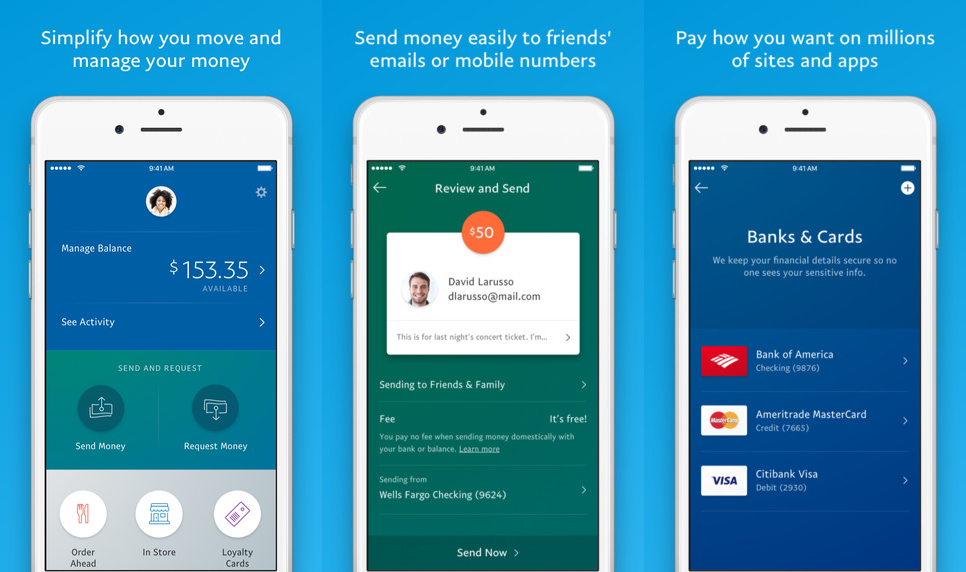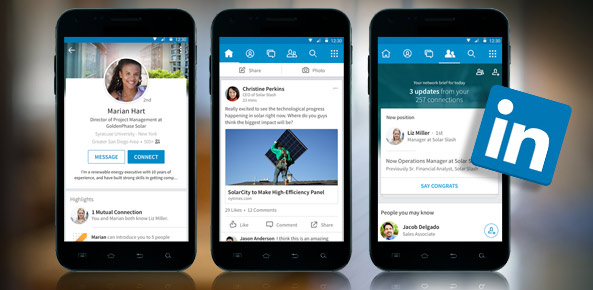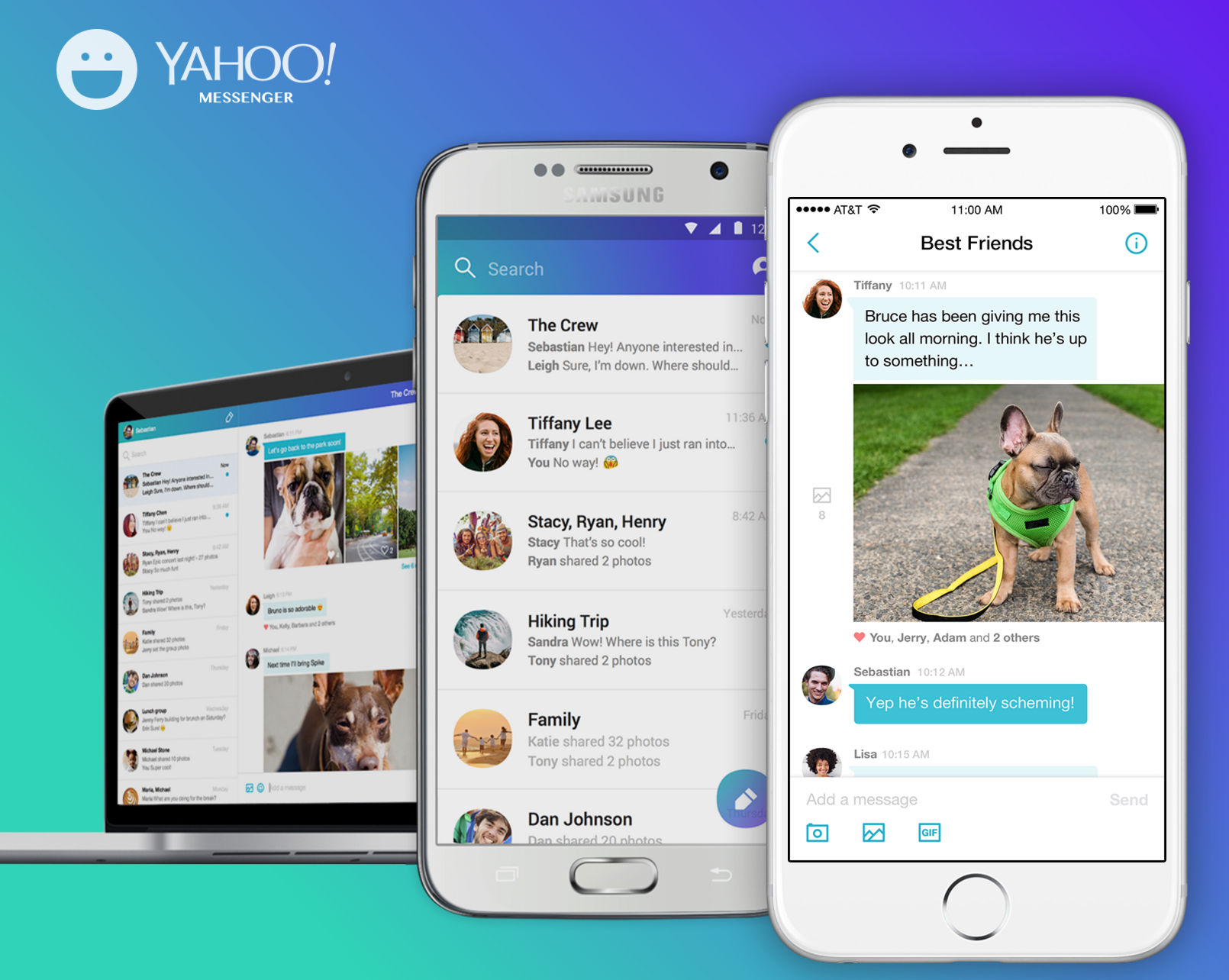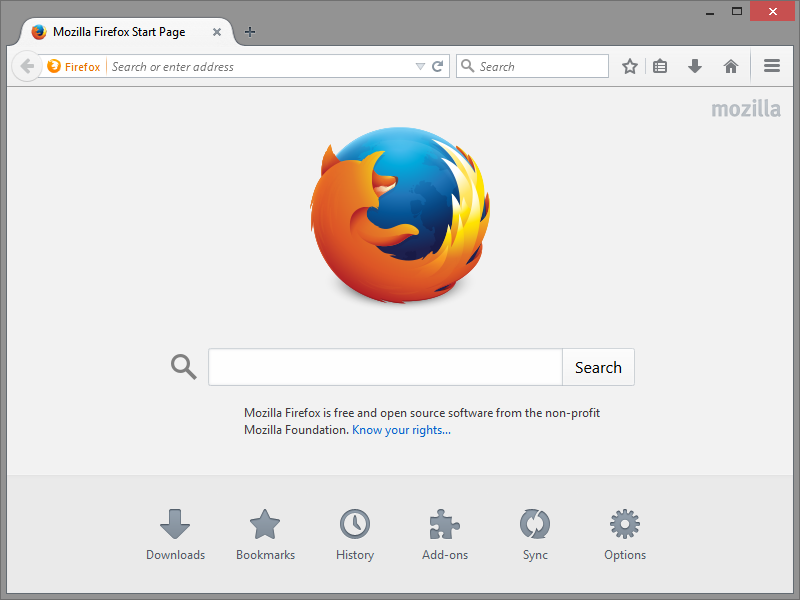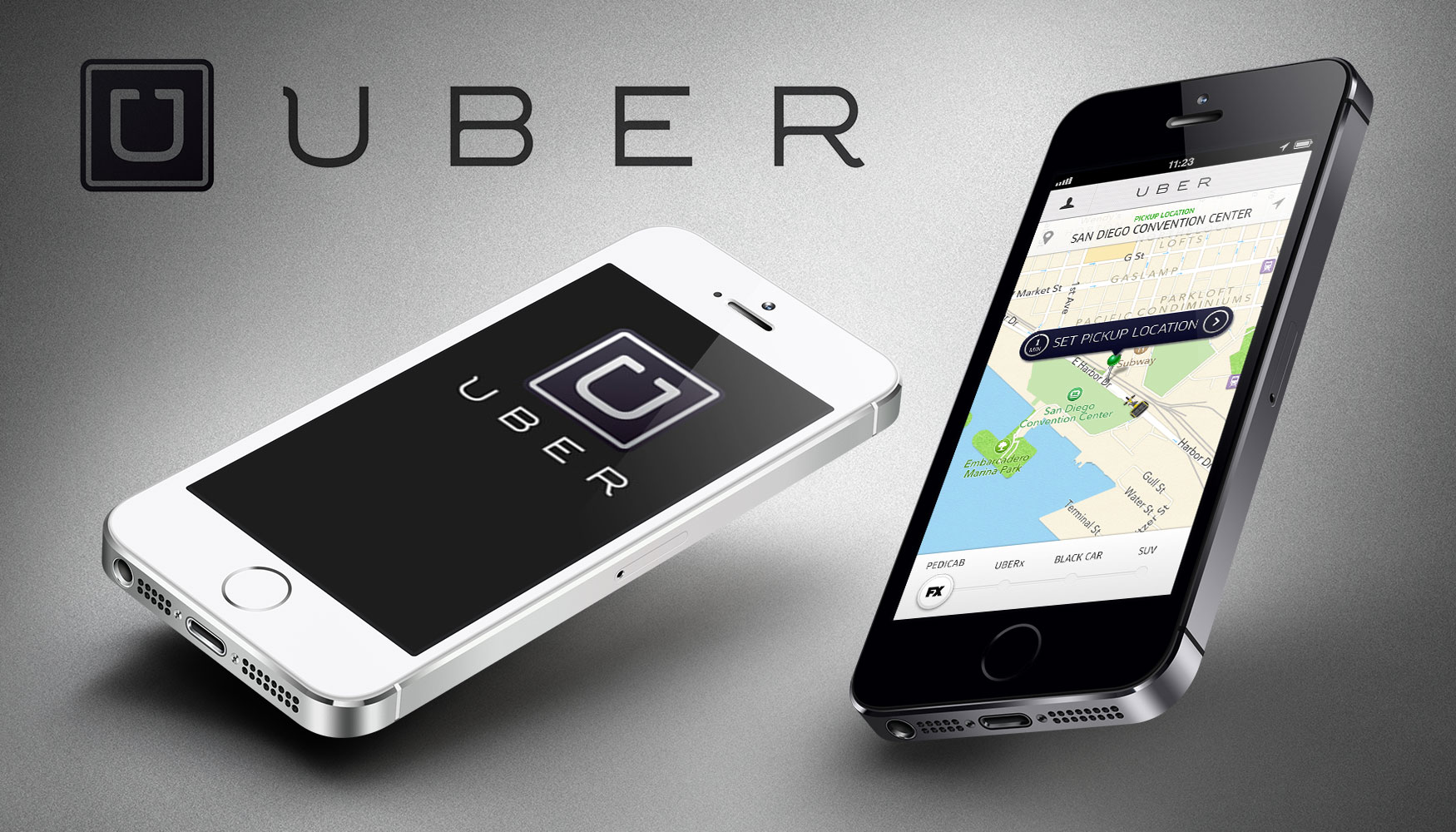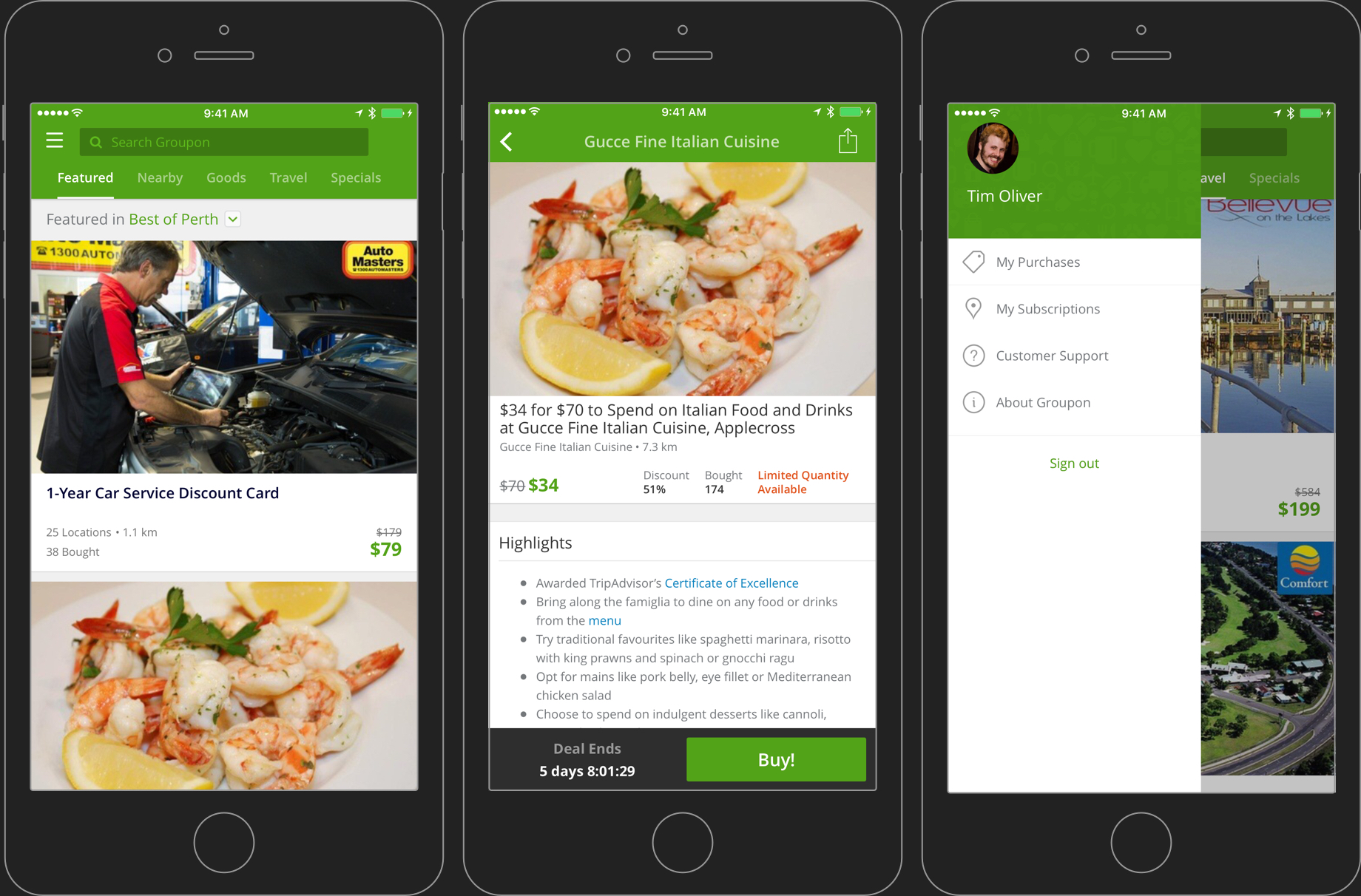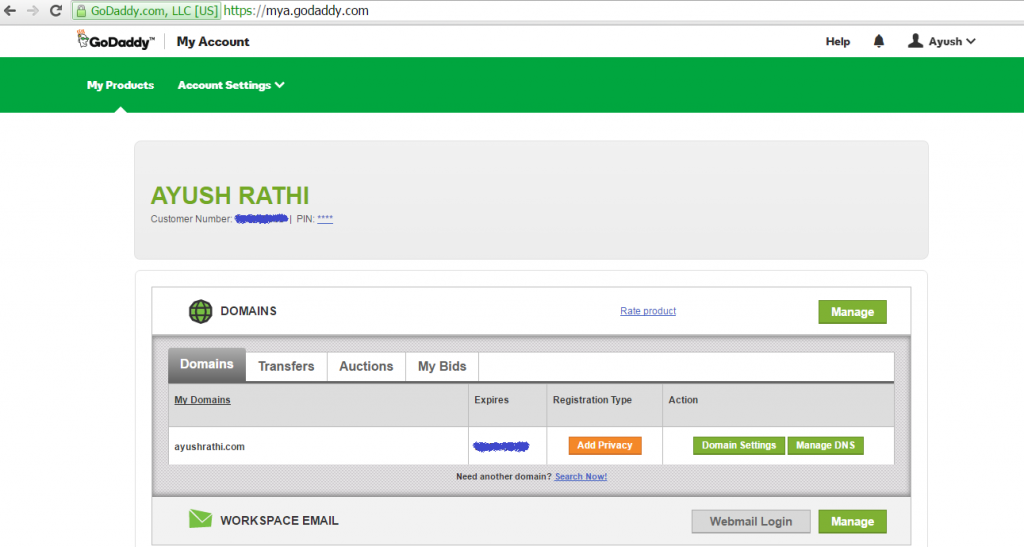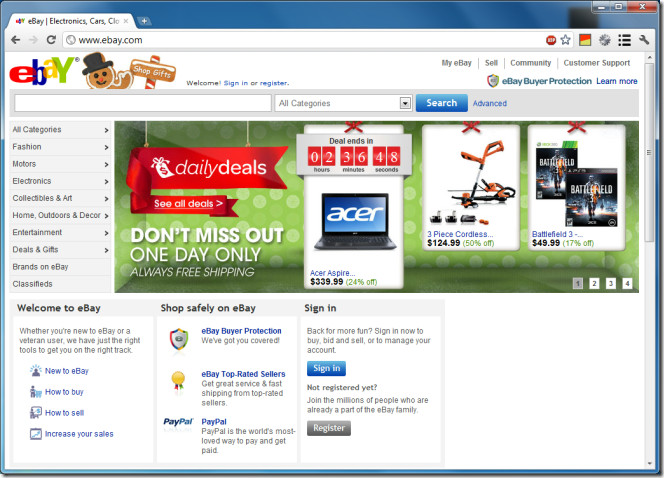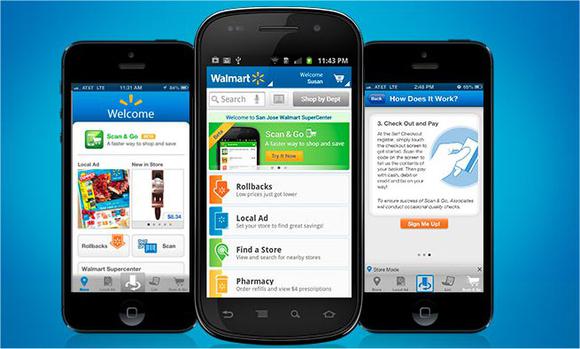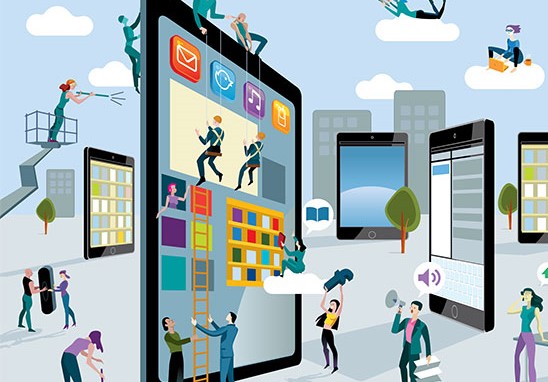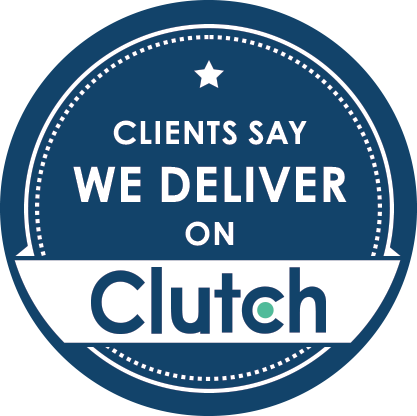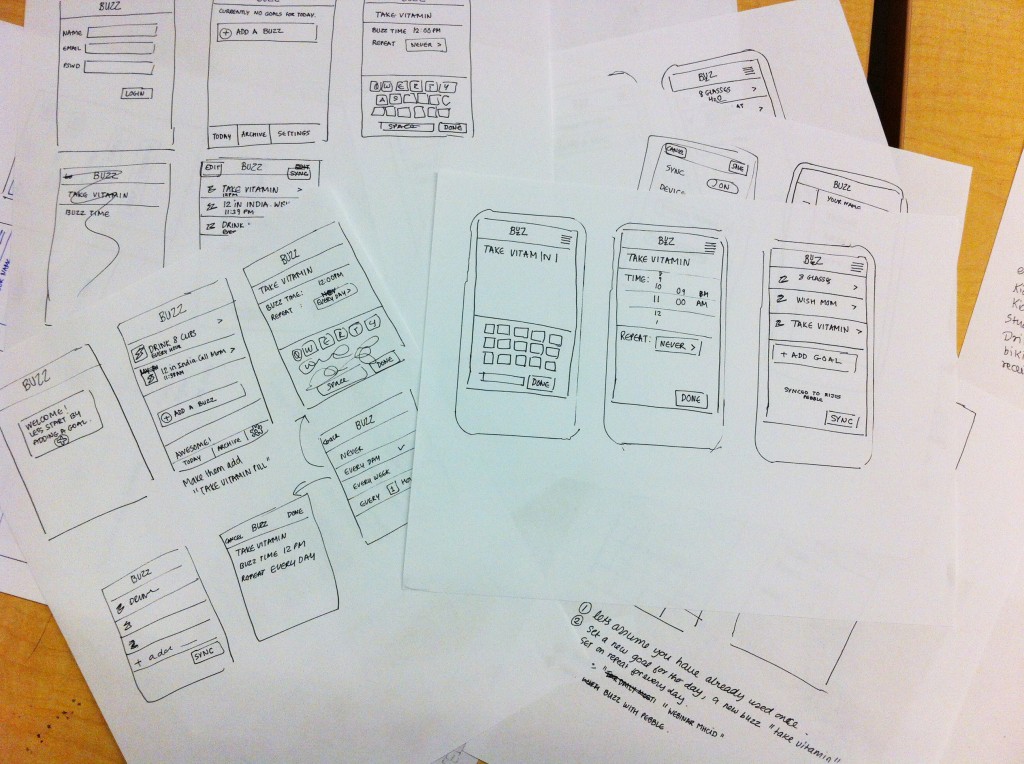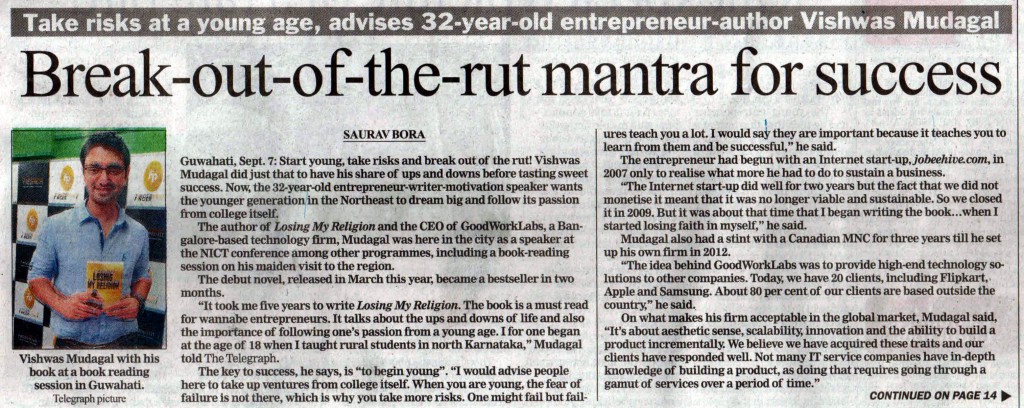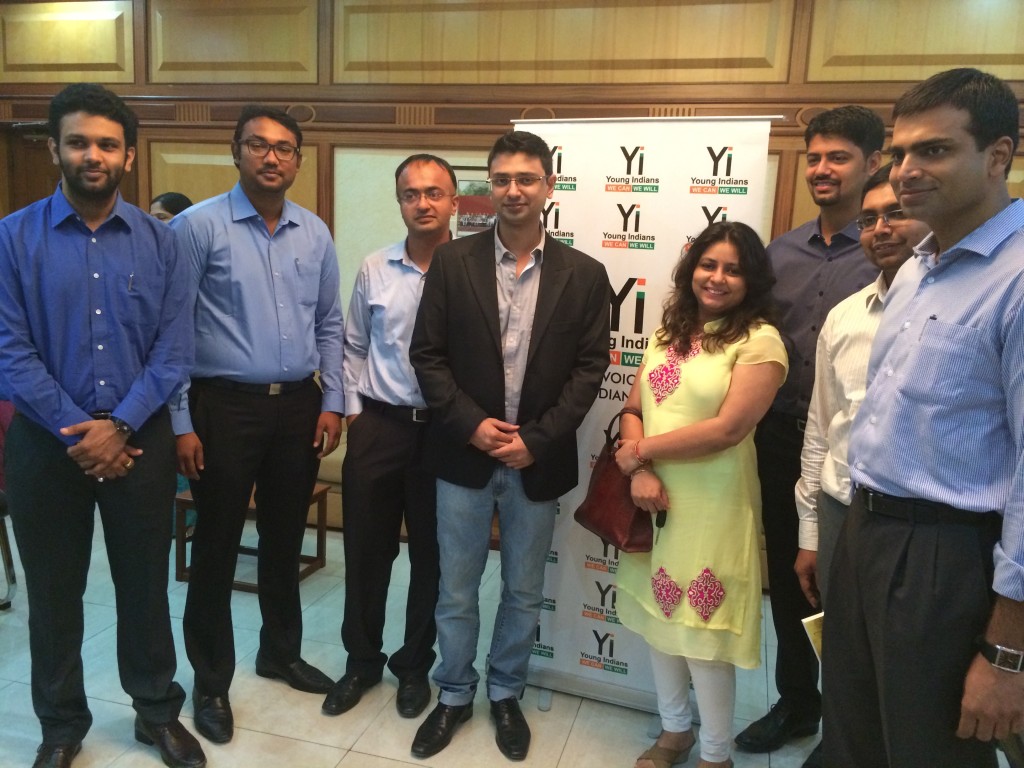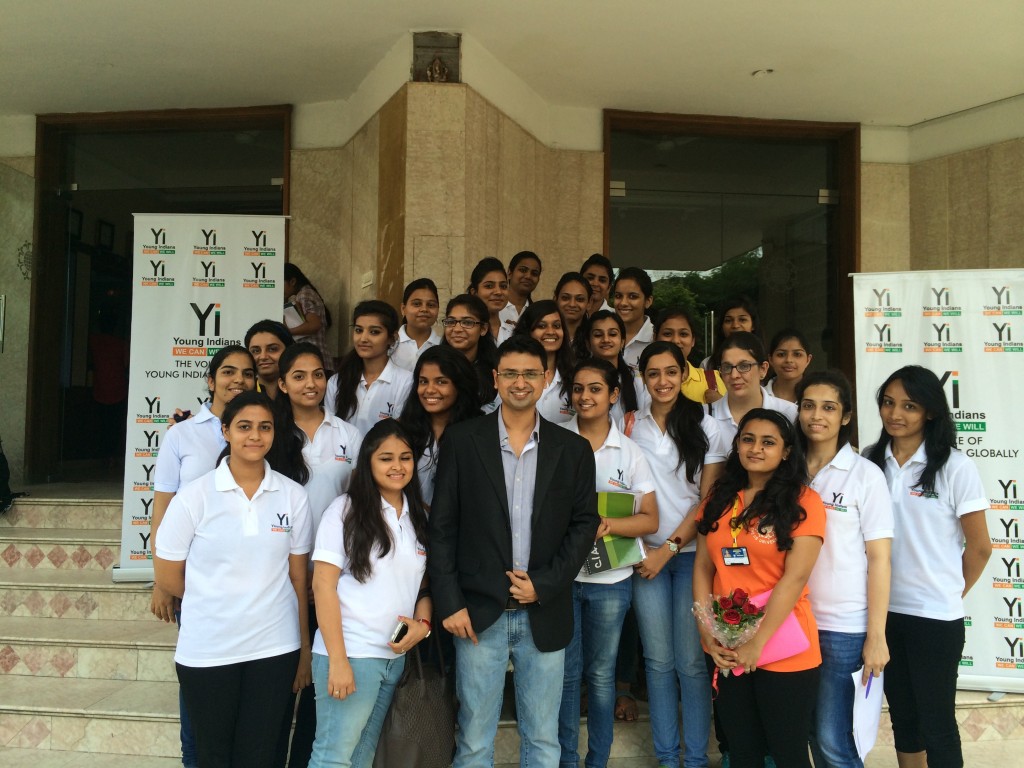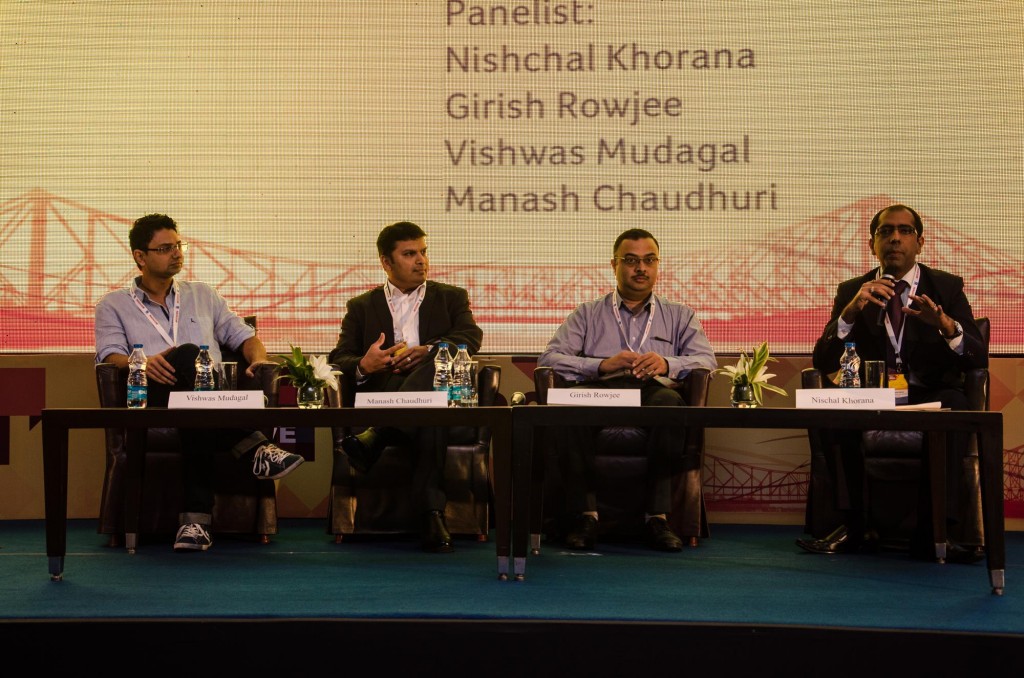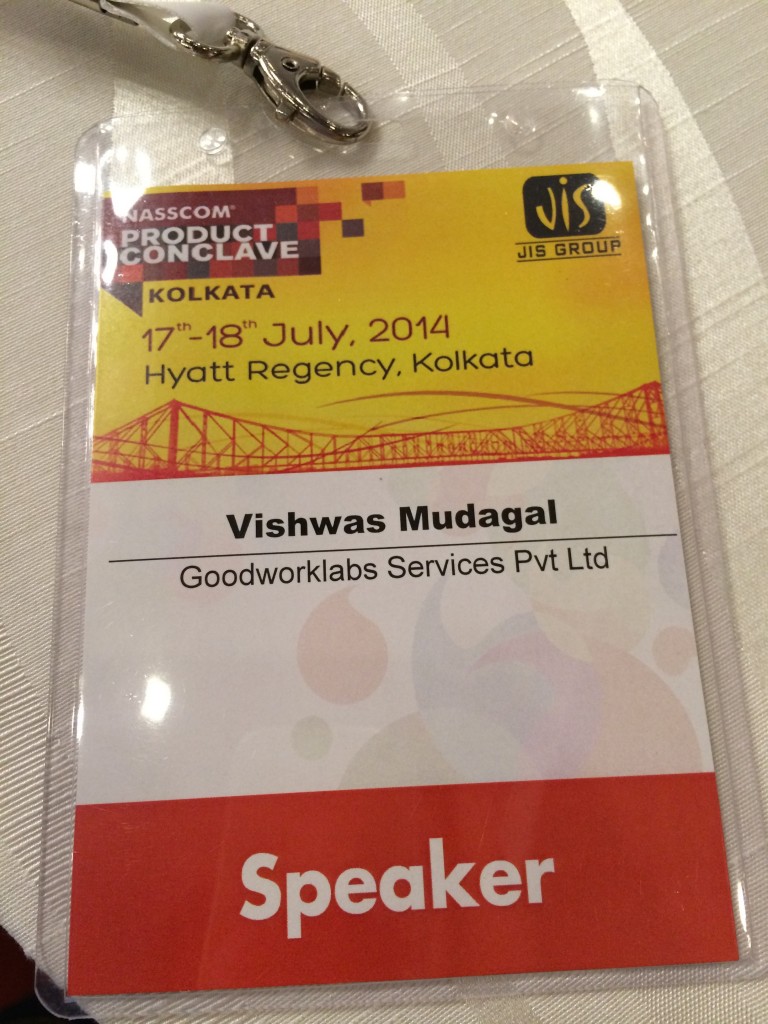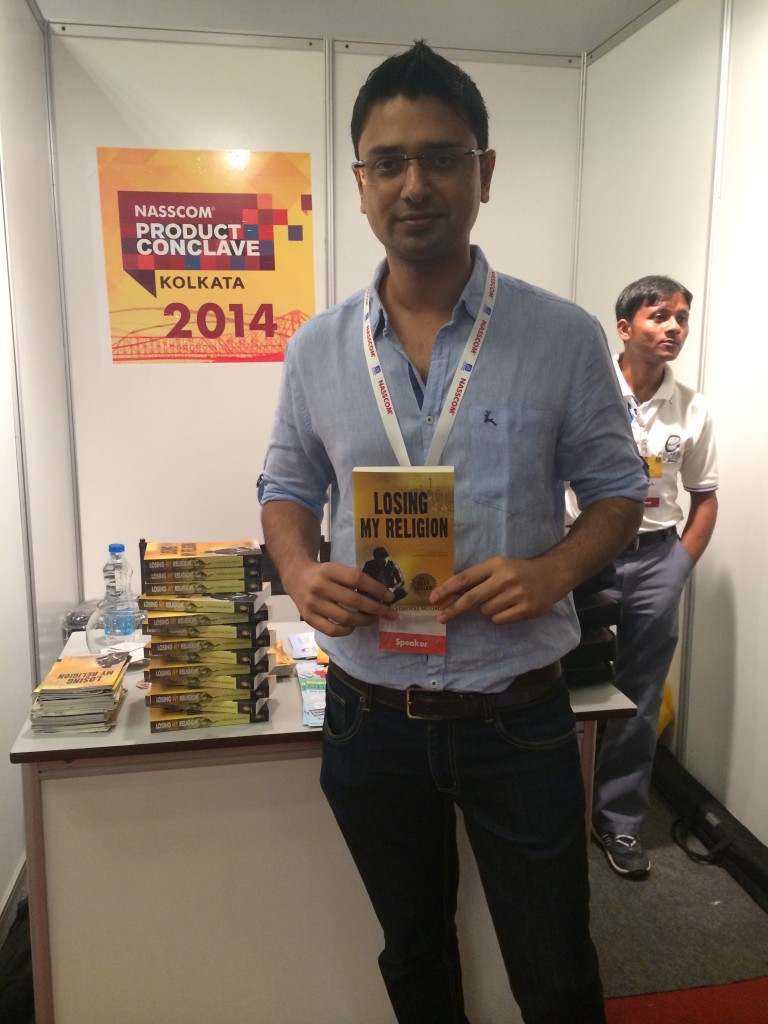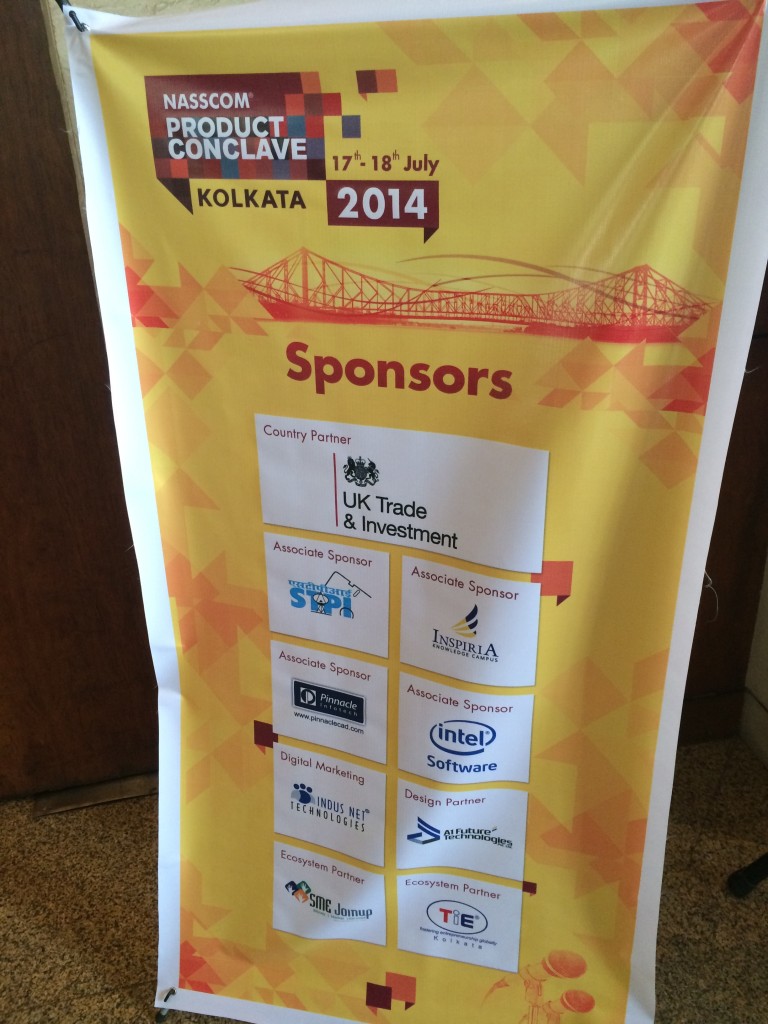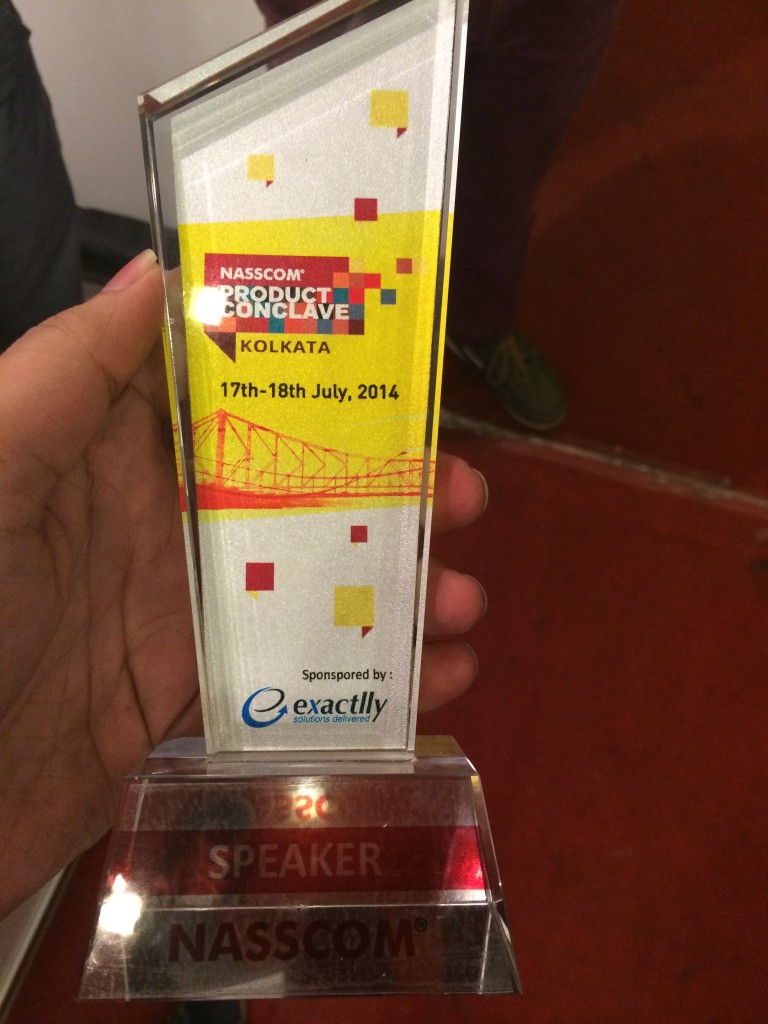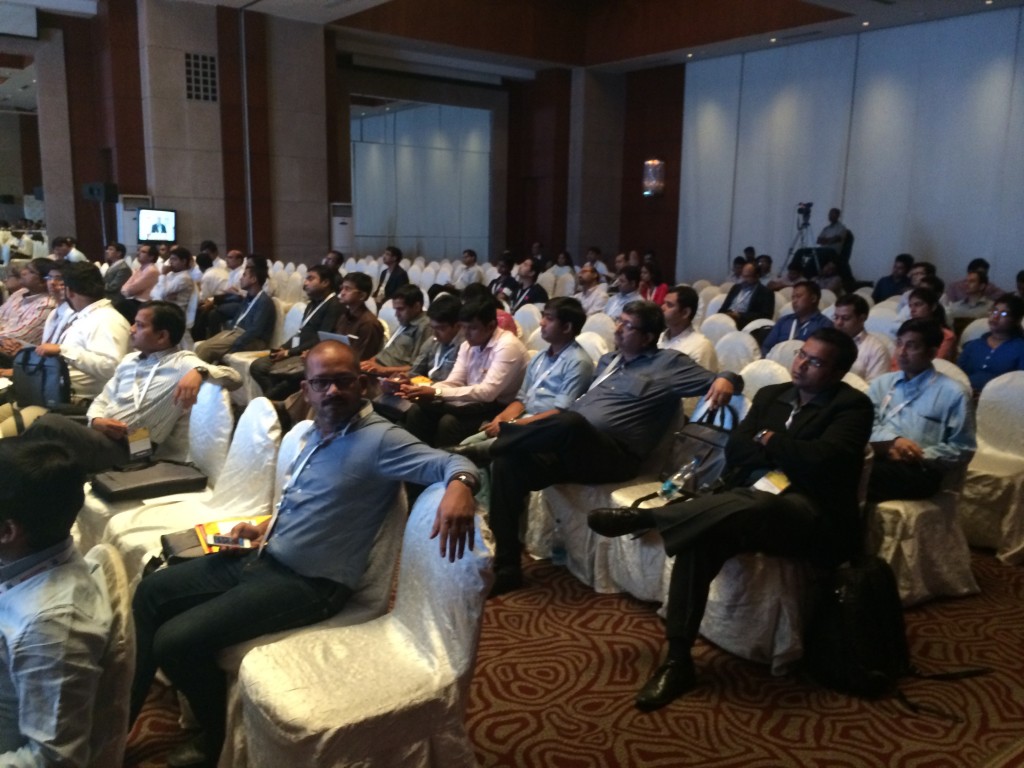11 Famous Apps Built On Node.js
The Famous Node.js Apps
Node.js is a JavaScript runtime that runs on top of Google’s open-source JavaScript engine called V8. Pairing JavaScript’s naturally event-driven, asynchronous coding style with non-blocking I/O libraries makes Node.js fast, lightweight, and efficient.
It’s built to handle asynchronous I/O from the ground up and is a good match to a lot of common web- and network-development problems. In addition to fast JavaScript execution, the real magic behind Node.js is called the Event Loop. To scale to large volumes of clients, all I/O intensive operations in Node.js are performed asynchronously.
In addition to it’s innate capabilities, Node.js has a thriving open source community which has produced many excellent modules to add additional capabilities to Node.js applications. One of the most famous is Socket.io, a module to manage persistent connections between client and server, enabling the server to push real-time updates to clients. Socket.io abstracts the technology used to maintain these connections away from the developer, automatically using the best technology available for a particular client.
It is the pivotal tool for many big giants, and has helped them build a huge business.
Let us have at a few web apps that used Node.js
Paypal
PayPal Holdings, Inc. is an American company operating a worldwide online payments system that supports online money transfers and serves as an electronic alternative to traditional paper methods like checks and money orders. PayPal is one of the world’s largest Internet payment companies.
LinkedIn is a business- and employment-oriented social networking service that operates via websites and mobile apps. Founded on December 28, 2002, and launched on May 5, 2003, it is mainly used for professional networking, including employers posting jobs and job seekers posting their resumes. As of 2015, most of the company’s revenue came from selling access to information about its members to recruiters and sales professionals.
Yahoo
Yahoo! is a web services provider, wholly owned by Verizon Communications through Oath Inc. and headquartered in Sunnyvale, California. Yahoo was one of the pioneers of the early Internet era in the 1990s.
Mozilla
Mozilla is a free software community created in 1998 by members of Netscape. The Mozilla community uses, develops, spreads and supports Mozilla products, thereby promoting exclusively free software and open standards, with only minor exceptions.
Netflix
Netflix is an American entertainment company founded by Reed Hastings and Marc Randolph on August 29, 1997, in Scotts Valley, California. It specializes in providing video streaming online and DVD by mail. In 2013, Netflix expanded into film and television, as well as online distribution.
Uber
Uber Technologies Inc. is an American company headquartered in San Francisco, operating in 633 cities worldwide. It develops, markets and operates the Uber car transportation and food delivery mobile apps. Uber drivers use their own cars, although drivers can rent a car to drive with Uber.
Groupon
Groupon is an American worldwide online marketplace connecting subscribers with local merchants by offering activities, travel, goods and services in more than 28 countries. By the end of March 2015, Groupon served more than 500 cities worldwide, nearly 48.1 million active customers and featured more than 425,000 active deals globally.
GoDaddy
GoDaddy Inc. is an American publicly traded Internet domain registrar and web hosting company. As of May 2017, GoDaddy has served approximately 17 million customers and had over 6000 employees worldwide. The company is known for its advertising.
Ebay
Ebay is a multinational e-commerce corporation, facilitating online consumer-to-consumer and business-to-consumer sales. It is headquartered in California. eBay was founded by Pierre Omidyar in 1995, and became a notable success story of the dot-com bubble.
Walmart
Walmart is the world’s largest company by revenue, approximately $480 billion according to the Fortune Global 500 list in 2016, as well as the largest private employer in the world with 2.3 million employees. It is a family-owned business, as the company is controlled by the Walton family.
Medium
Medium is an online platform developed by Twitter co-founder Evan William, and was launched in August 2012. It is owned by Medium Corporation. The platform is an example of social, having a hybrid collection of amateur and professional people and publications.
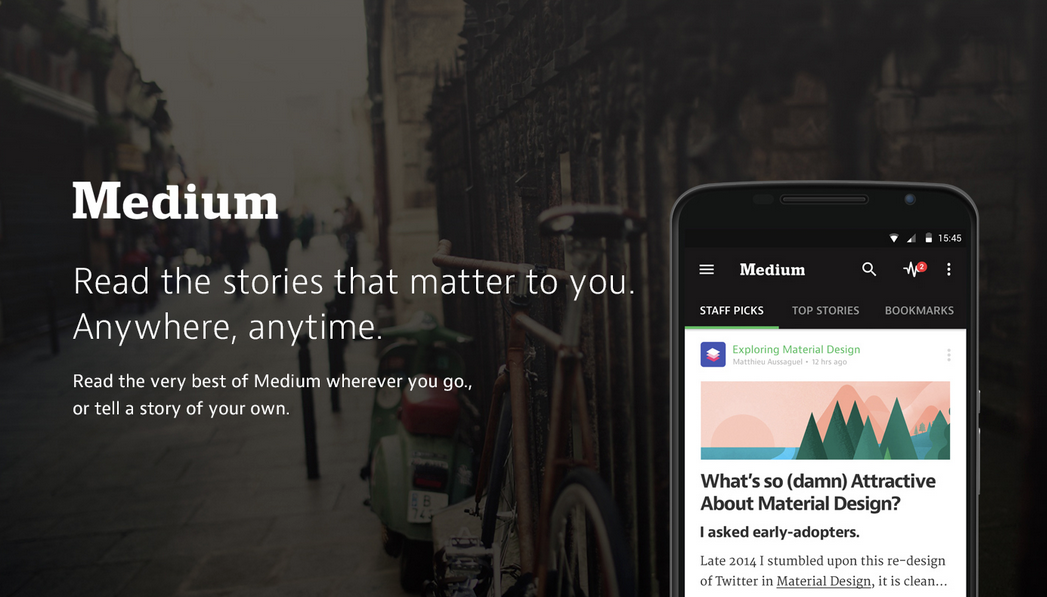
Node.js allows you to build effective apps, in a turnaround time that is quick and real!
Your app could be the next big one!
Get in touch with us for a kickass Node.js App!




